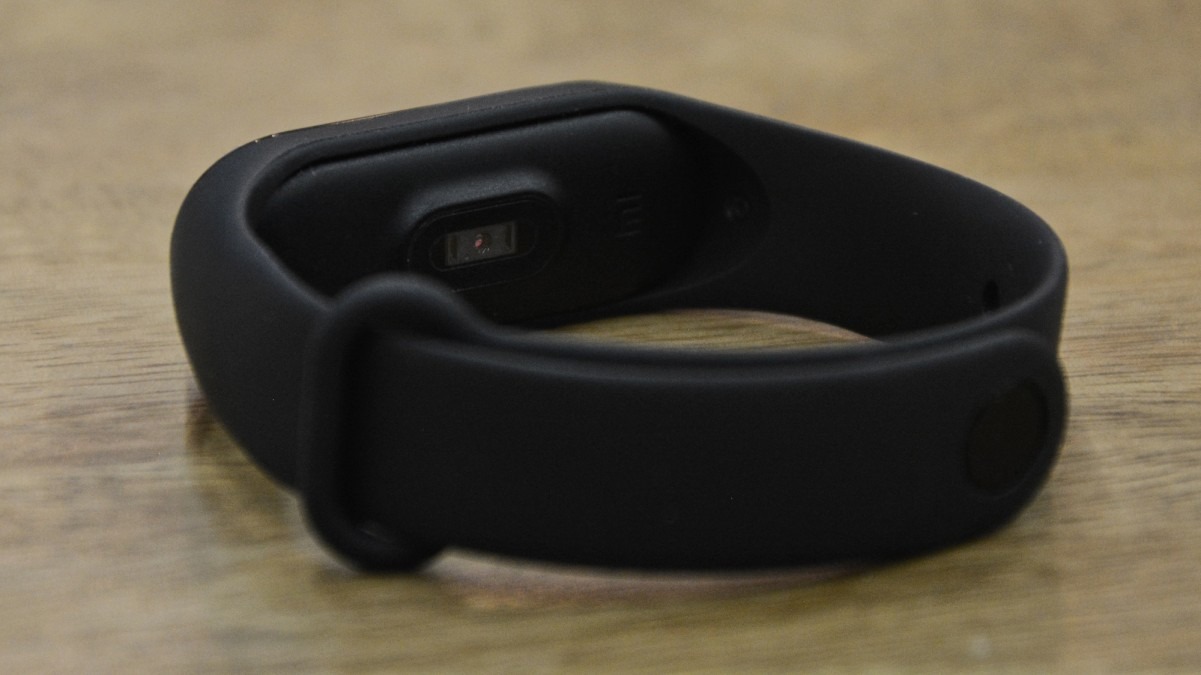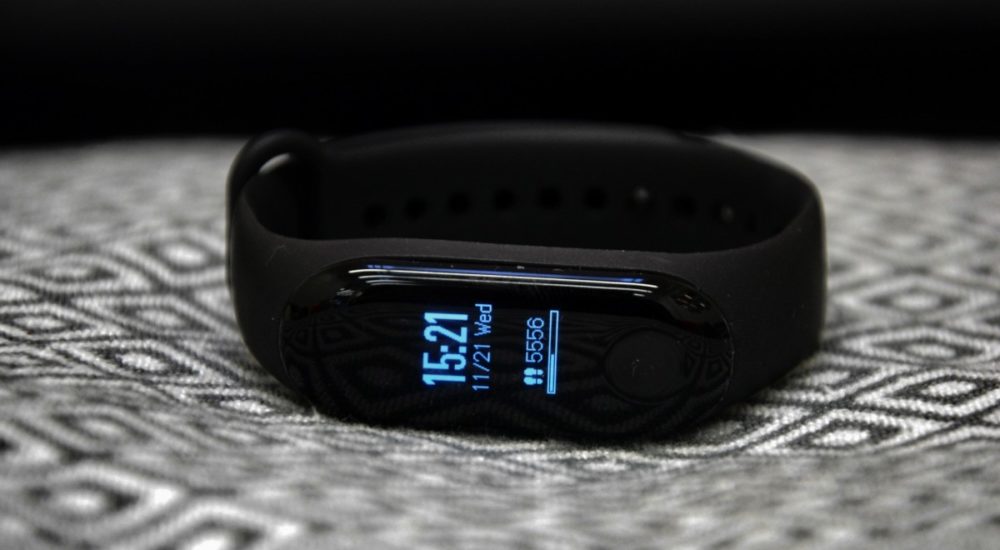Chinese manufacturer Xiaomi might be best known for its reasonably priced smartphones but it also sells a lot of other different products, including fitness trackers. Its latest model is the Xiaomi Mi Band 3 and it’s a ridiculously tempting buy.
It’s currently on sale for a mere £20, but even at the normal price of £27 it’s amazingly cheap. So what do you get for such a piffling amount of money?
What you need to know
Incredibly, the Xiaomi Mi Band 3 is as fully featured as fitness trackers costing many times as much. It has a small monochrome OLED display, an integrated heart rate monitor and it tracks all the things you’d expect a modern fitness wearable to track: steps, calories burned, sleep and exercise.

There’s no GPS, nor an altimeter for keeping tabs on stairs climbed, but I can’t fault it for the money. It works in a similar way to most other fitness trackers, synchronising over Bluetooth to the Xiaomi Mi Fit app on your phone, and even supports rudimentary notifications and phone call alerts.
Design and features
The Xiaomi Mi Band 3 isn’t particularly attractive or fashionable. You can accessorise it via the Xiaomi UK store with different colour straps but its slightly bulbous appearance isn’t in the same league as the Fitbit Alta.
The screen isn’t the brightest around, either. It’s an OLED panel but only a monochrome one and, although it’s perfectly legible indoors, in bright sunshine it becomes extremely difficult to read.
That said, the Band 3 costs less than £30, and it’s actually pretty good at tracking your steps, your heart rate, general activity and sleep. Even the touchscreen works well, which it certainly did not on the Fitbit Charge 3. For comparison, the Fitbit Alta doesn’t even have a touchscreen; it relies on sensing physical taps to cycle through its various displays.

And the Mi Band 3 is easy to use, too. To wake up the screen, simply tap the small indented area below the display. This displays the home screen, showing the time, date and the number of steps you’ve taken alongside a progress bar which indicates how far towards your goal you are. Then you swipe up or down to navigate between the daily step count, heart rate, weather and notifications sections. You swipe left or right to drill down for more information. And you long press the indentation to select various features, or to start and stop exercise monitoring. It’s simple but easy to get to grips with.
Battery life is phenomenal, lasting 20 days per charge according to Xiaomi (for me, after more than a week of use, the gauge has yet to drop below 50%) and it’s waterproof to 50 metres as well, so you don’t need to worry about forgetting to take it off when doing the washing up. There’s no swim tracking to speak of, though.
However, there is plenty else you can do with the Band 3. There’s a stopwatch and alarm, and reminders can be set in the app. There’s exercise tracking, too, although it’s basic – there’s only one generic mode to select and no auto-detection or GPS tethering via your phone. Still, it does track your heart rate with increased granularity while you’re in exercise mode and, once you’ve finished, it syncs the data with the Mi Fit app on your phone and provides some attempt at analysis. It records your maximum and average heart rate, a calorie burn estimation and even basic heart rate zone data.

That heart rate data is a little less accurate than I’d like. For me, it gave an average heart rate reading that was between 8bpm and 14bpm short of what my Bluetooth chest belt recorded. However, as a guide to relative effort, it’s better than not having heart rate at all, and it’s not an awful lot less accurate than many other wrist-borne trackers I’ve used. It’s also worth pointing out that the one-off readings were much more accurate, probably due my lack of motion during measurement.
And the sleep tracking was actually pretty good. It did think once that I’d gone to sleep before 9pm but the rest of the time it has been bang on the money, recognising when I went to sleep and woke up with uncanny accuracy. Plus, there are all sorts of useful info in the app to help you analyse your sleep patterns. You’re provided with a breakdown of the time you spent in deep sleep, light sleep and when you were awake, and supplementary information as to what all this means for your overall health.
The band itself even offers rudimentary notification support, although the display is so small that it isn’t particularly comfortable to read longer messages and emails. Keep the notifications restricted to SMS and Whatsapp messages, though, and it’s much more manageable.

Verdict
So, the Xiaomi Mi Band 3 isn’t the perfect fitness tracker. Its heart rate monitor isn’t the most accurate, it isn’t particularly attractive and the OLED screen isn’t easy to read in bright conditions. But, you know what, at this price who cares?
For less than £30, it does everything else more competently than anyone has any right to expect. It’s crammed with features, and battery life is unbelievably good. If you’ve ever been tempted to dip your toe in the murky waters of fitness tracking tech but couldn’t quite bring yourself to pay Fitbit prices, here’s your chance to jump in. The Xiaomi Mi Band 3 is a bona fide fitness-tracking bargain.
Source: alphr.com




































